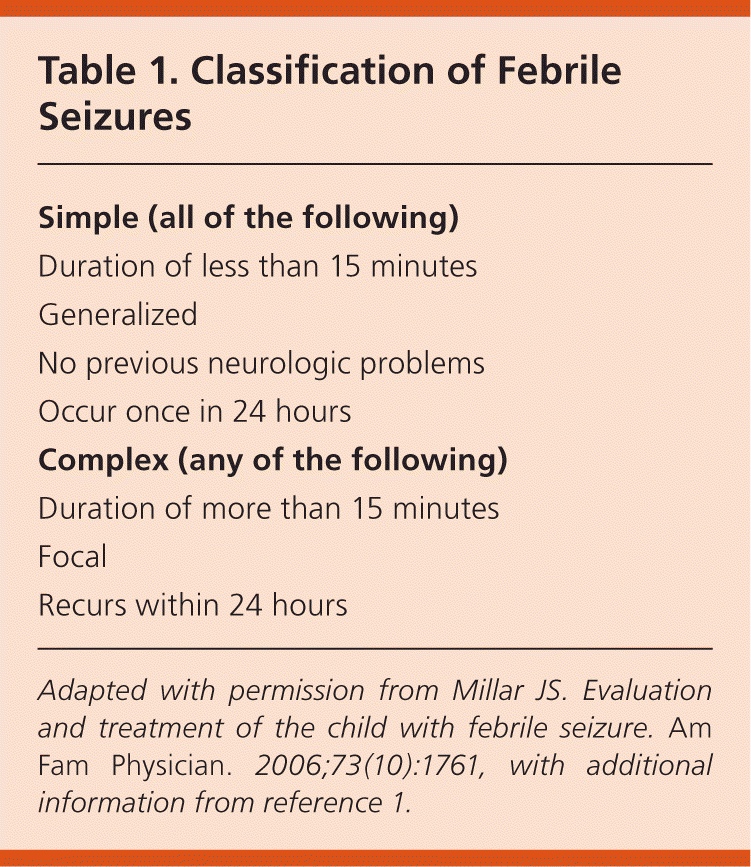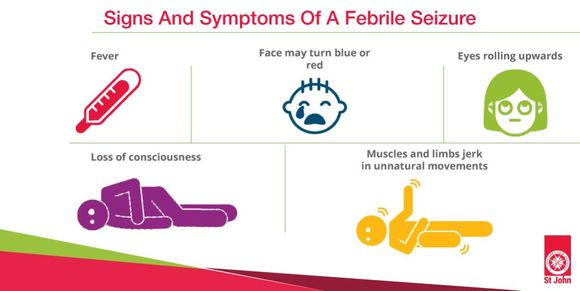/mothersopedia/media/media_files/6USnPEYjCqCiuoNIcRsq.webp)
As a parent, there is nothing more frightening than watching your child experience a seizure. It's a moment that you might encounter in your parenting phase, especially when your child ages between 6 months and 5 years. If you ever come across such a scary situation, you will panic, gets scared, and feel clueless about what to do and rescue. Trust me, you are such a strong parent that you can handle this situation but only if you remain calm and informed.
Recently, my child faced a seizure with a fever, and it was a terrifying experience. In this blog, I want to share our story and provide some information and advice to other parents who may be facing a similar situation.
It all started after my child turned one, and enjoyed her delicious cake with of course synthetic-colored cream as well developed a stomach infection and later fever. we medicated her prescribed medicines, in her case with mefenamic for her fever and lactic acid bacillus for her stomach. The next day her forehead was extremely hot, but her body remained cold( uneven distribution of fever) my child started to have seizures, but I was unaware of what it was. It was a horrifying moment that I will never forget. She was shivering, refusing to take any medicine, puked, pooped, and could not even move. I felt helpless and didn't know what to do. and suddenly she rolled her eyes up making us rush for the hospital without any delay.
The pediatrician assessed my child and confirmed that she was having a seizure. They took her to the hospital, where he received emergency treatment. The doctors conducted tests and determined that the seizure was caused by a febrile seizure, which is a seizure that occurs in children as a result of a fever. They informed us that febrile seizures are relatively common and typically do not cause any long-term harm.Around one in 20 children will have at least one febrile seizure at some point. They most often occur between the ages of six months and three years. During a febrile seizure, the child's body usually becomes stiff, they lose consciousness and their arms and legs twitch. Some children may wet themselves.

Over the next few days, we closely monitored our child's temperature and made sure she was well-hydrated. We gave her medication as prescribed, and thankfully, she did not experience another seizure. After a few days, her fever and stomach infection subsided, and she began to feel better.
The experience was a wake-up call for us as parents. We realized the importance of being prepared for emergencies and having a plan in place. We also learned about the importance of recognizing the signs and symptoms of febrile seizures, which can include shaking or convulsions, loss of consciousness, and difficulty breathing.
Some signs a child might be having a seizure are:
- unusual sensations or twitching before the seizure
- staring, not responding to anyone
- uncontrollable muscle spasms
- loss of consciousness (passes out)
- uncontrolled peeing or pooping

Things you can do to help your child with febrile seizures(First Aid at home)
If your child experiences a seizure with a fever, it is important to seek medical attention immediately. But before that, you can do a few things like
- Loosen any clothing around the head or neck and don't forcibly stop the movement of the child, it will make them uncomfortable.
- If your child's body is extremely hot, dip her in a water tub, the best way to break your child from high fever.
- Remember Tepid sponging, Placing a cool, damp washcloth on the child's forehead but using only tap water, normal temperature water.
- In case of seizures, don't put anything in the child's mouth, no medicines no water.
- Position the infant on their side in case they vomit, to avoid choking.
- Do NOT put anything, including your fingers in their mouth.
- If a child has become unconscious. Try Pinching the armpit area of your child, slapping her face hard to bring her back to her senses.
- Run to the doctor if the seizure continues for more than 5 minutes and the child is still unconscious.
The febrile seizures are typically not harmful, it is crucial to rule out other serious conditions. The doctors will perform tests and monitor your child's condition closely to ensure that they receive the appropriate treatment.
It is natural to worry about your child's health and safety. If your child experiences a seizure with a fever, it can be a frightening experience. However, it is essential to remain calm and seek medical attention immediately. With proper care and treatment, your child can recover quickly and resume normal activities.
/mothersopedia/media/agency_attachments/DvAQhzwm8u9LzqFtI07D.png)
 Follow Us
Follow Us